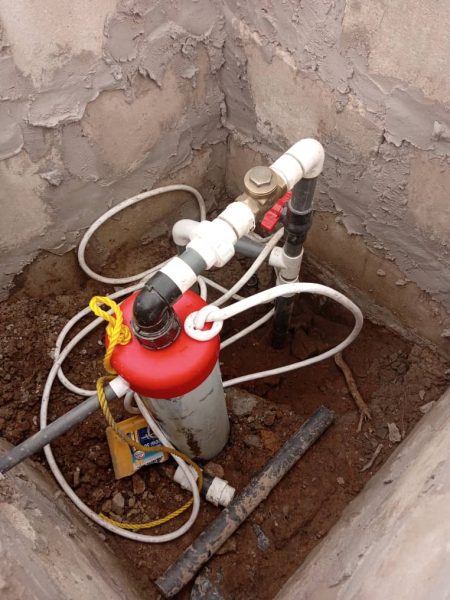The National Disaster Management Organization (NADMO) has issued a crucial public safety announcement urging extreme caution during the ongoing rainy season, particularly emphasizing the dangers of navigating floodwaters. This warning underscores the deceptive nature of floods, highlighting how seemingly shallow waters can possess unexpectedly strong currents capable of sweeping away vehicles and posing a severe threat to human life. NADMO stresses that underestimating the force of floodwaters has resulted in numerous fatalities and vehicle losses, urging the public to prioritize safety by avoiding any attempt to walk or drive through flooded areas. This advisory comes in the immediate aftermath of a three-hour torrential downpour that triggered widespread flooding across several regions of southern Ghana, including Kasoa, Weija, Adentan, parts of Kumasi, and their surrounding areas, serving as a stark reminder of the real and immediate dangers of flooding.
Beyond the immediate risk of drowning or being swept away, NADMO’s warning extends to the often-unseen hazards present in floodwaters. These waters, contaminated by various sources, become carriers of harmful bacteria, faecal matter, and hazardous debris, posing significant health risks to anyone coming into contact with them. Submerged within the murky depths can also lurk dangerous objects, such as sharp debris and reptiles, adding another layer of danger to the seemingly simple act of traversing flooded areas. This underscores the critical need to avoid contact with floodwaters altogether, protecting oneself from both the physical force of the current and the potential health hazards lurking beneath the surface.
Specifically addressing residents of flood-prone communities, NADMO has advised proactive relocation to safer grounds as a preventative measure against avoidable disasters. This proactive approach to disaster preparedness emphasizes individual responsibility in safeguarding life and property, especially for those residing in areas historically susceptible to flooding. By moving to higher ground or designated safe zones before floodwaters rise, residents can significantly reduce their risk of being caught in dangerous situations and minimize potential loss of life and property. This emphasizes the important role individual action plays in complementing government efforts in disaster management.
The government, through NADMO, is actively working to protect the public during the rainy season; however, individual responsibility remains paramount in ensuring personal safety and the protection of property. While government agencies implement measures to mitigate the impact of flooding, individuals must actively take steps to avoid unnecessary risks and ensure their well-being. This includes heeding warnings issued by authorities, staying updated on weather forecasts, and planning evacuation routes in flood-prone areas. The collective effort of both the government and individuals is crucial for an effective disaster management strategy.
This call for individual responsibility extends beyond just avoiding floodwaters but also encompasses proactive planning and preparedness measures. Staying informed about weather updates and heeding warnings issued by relevant authorities is crucial for making informed decisions and taking necessary precautions. Having a clear understanding of evacuation routes and designated safe zones within one’s community is essential for swift and effective action in case of flooding. These proactive measures significantly enhance individual safety and contribute to a more resilient community response to flooding events.
In conclusion, NADMO’s urgent call for caution during the rainy season serves as a vital reminder of the dangers associated with floodwaters. The seemingly innocuous nature of shallow floods can be deceiving, masking powerful currents capable of causing significant harm. Beyond the immediate physical dangers, the contamination of floodwaters presents further health risks. Therefore, avoiding floodwaters entirely is paramount for personal safety. The government’s commitment to protecting the public is complemented by the crucial role individuals play in ensuring their own safety and the protection of their property. Proactive measures, such as relocating from flood-prone areas, staying informed about weather updates, and having a clear understanding of evacuation routes, are essential for minimizing risks and fostering a culture of preparedness during the rainy season. This collective approach, combining government efforts and individual responsibility, is the cornerstone of an effective disaster management strategy.














